Over 13,500 delegates from about 90 countries descended on Cannes again this year hoping for a Lion in one of 17 categories. With awards honoring work from design to creative data to radio, the ceremonies reflected a complex industry drawing on a broader range of creative disciplines than in the past, but also facing unprecedented challenges in making campaigns work across channels.
Cannes Lions this year saw the ad industry expanding its creative capabilities.
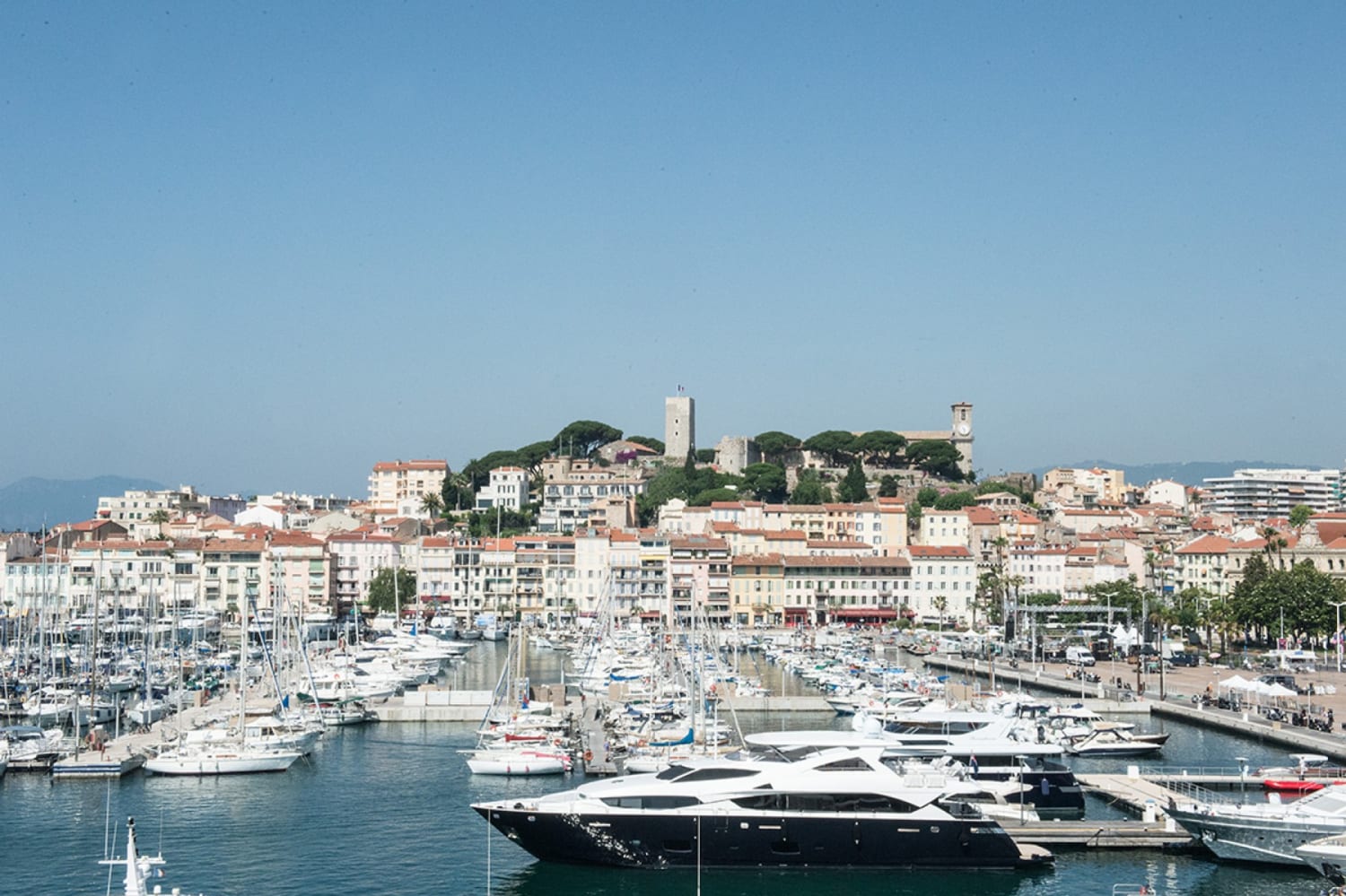
“There’s never been so many channels or points of interactions, or agencies working on various parts of that,” said Keith Weed, chief marketing and communications officer at Unilever. “It’s important to make sure the brand experience does not get fragmented.”
For many observers, though, the crucial number was two: Google and Facebook loomed large over the proceedings. The New York Times noted rising talk of “duopoly”—Google and Facebook together took nearly two-thirds of the $60 billion online advertising market in 2015.
“You’re going to have the strongest product if you have a campaign that includes many of these media modes and is engaging deeply,” said Eric Schmidt, CEO of Google parent company Alphabet at a talk on the Cannes stage. His company had just been named the world’s most “dynamic” by IPG Mediabrands. Engagement, he said, meant engagement across many platforms, all offering new angles on a campaign. “You can spend hours and hours exploring the story, or not.”
Browser Tracking Protection enabled. Unable to display content.

“One of the problems in our industry has been silos,” said Sarah Wood, CEO of video ad tech company Unruly. “We’ve seen a real desire from brands and agencies to knock down the walls between various teams. The duopoly is certainly a concern, and the benefits of scale are clear. In this marketing environment, it makes very good sense for the other players to come together and form strategic alliances.”
Meanwhile, Facebook boasted that Instagram had just reached 500 million users, with the latest 100 million joining faster than the last cohort of a similar size. When a reporter at a press conference asked which brands were the top advertisers on Facebook, company representatives seemed surprised at the question, and said their advertisers mirrored the advertising market as a whole.
The message was clear: Facebook and the advertising industry were becoming increasingly difficult to separate. “We want to be incredibly close partners to the creative industry and the marketing industry, but I think we want to do more … we need the industry to collaborate and share,” said Mark D’Arcy, Facebook’s CCO.
D’Arcy went on to announce the launch of Creative Hub, a new online ad creation platform that gives creators an easier way to see what campaigns created on desktops look like on mobile devices, where more and more advertising reaches eyeballs.
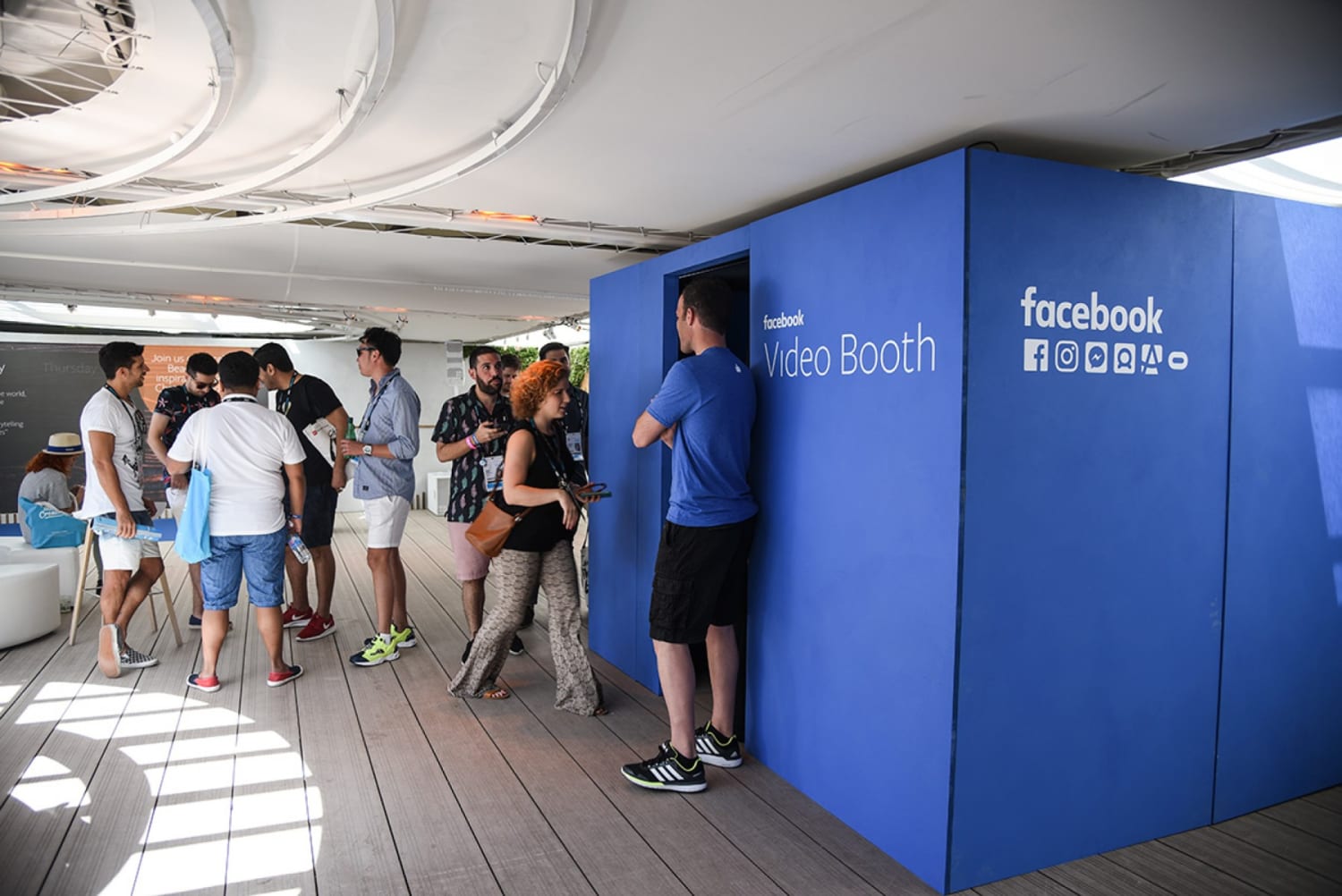
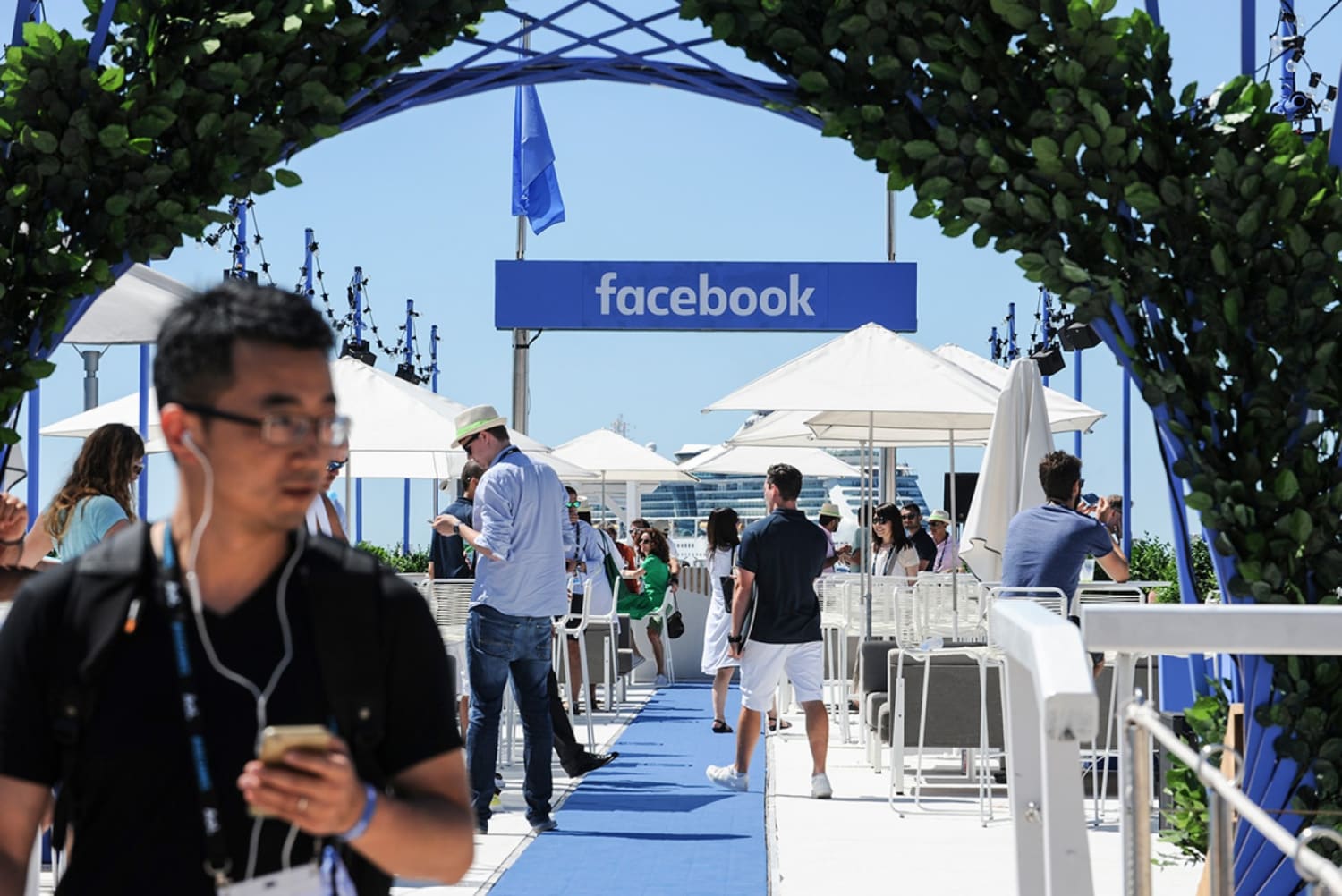
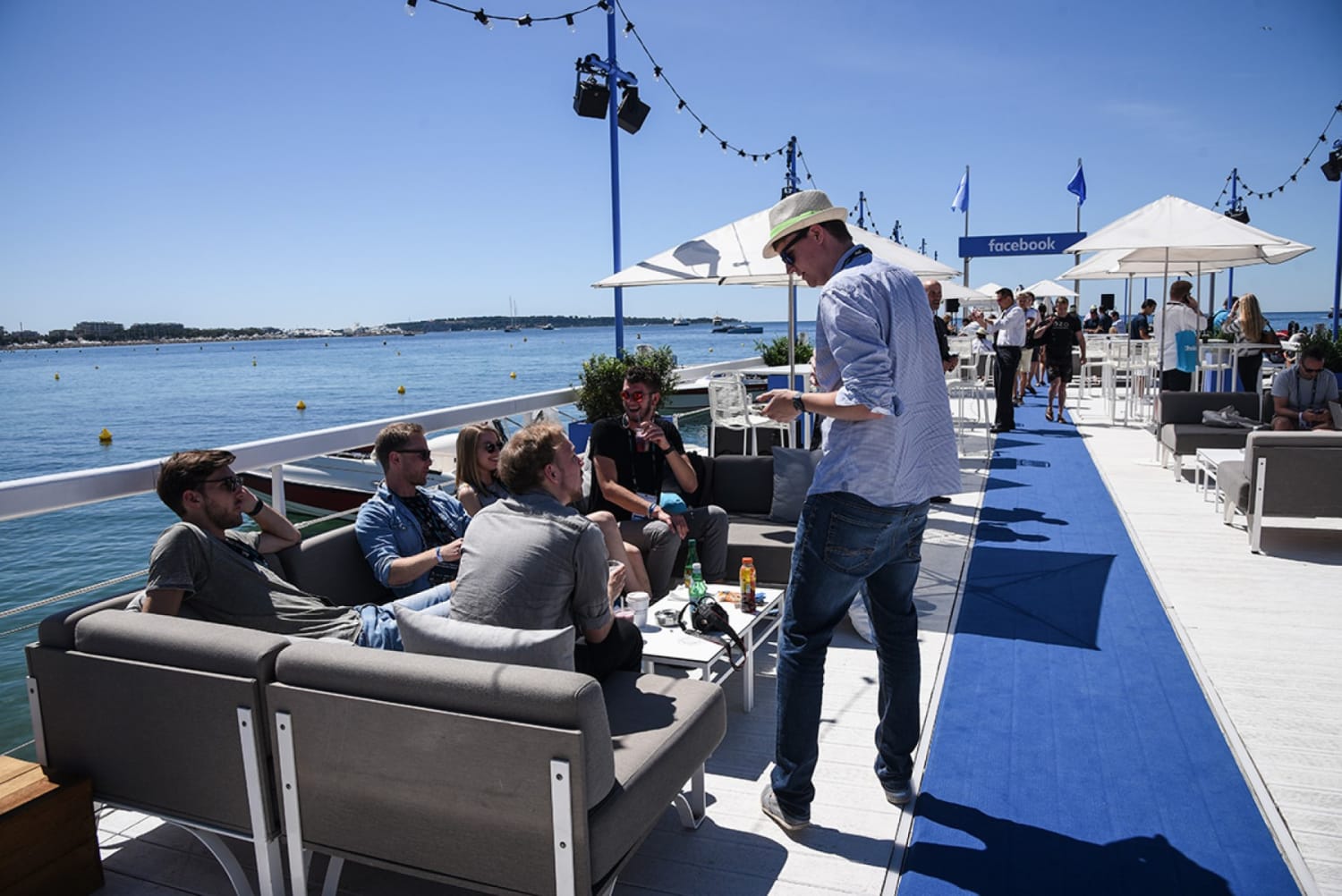
Category blur
With awards falling into 17 categories, it seemed there were more disciplines than ever to recognize, but campaigns were also becoming harder to classify. “We now operate in an industry where there’s such blurred lines between what is PR, what is media, what is creative,” said Nick Waters, jury president for the Media Lions and CEO Asia Pacific at Dentsu Aegis Network.
Waters referred to the Media Grand Prix winner, Burger King’s “McWhopper” campaign, as a “media kit in disguise.” When Burger King reached out in print and online to McDonald’s offering to create a hybrid sandwich in recognition of the International Day of Peace, the news media went wild with the story, amplifying it many times beyond what would have been achievable with paid media.
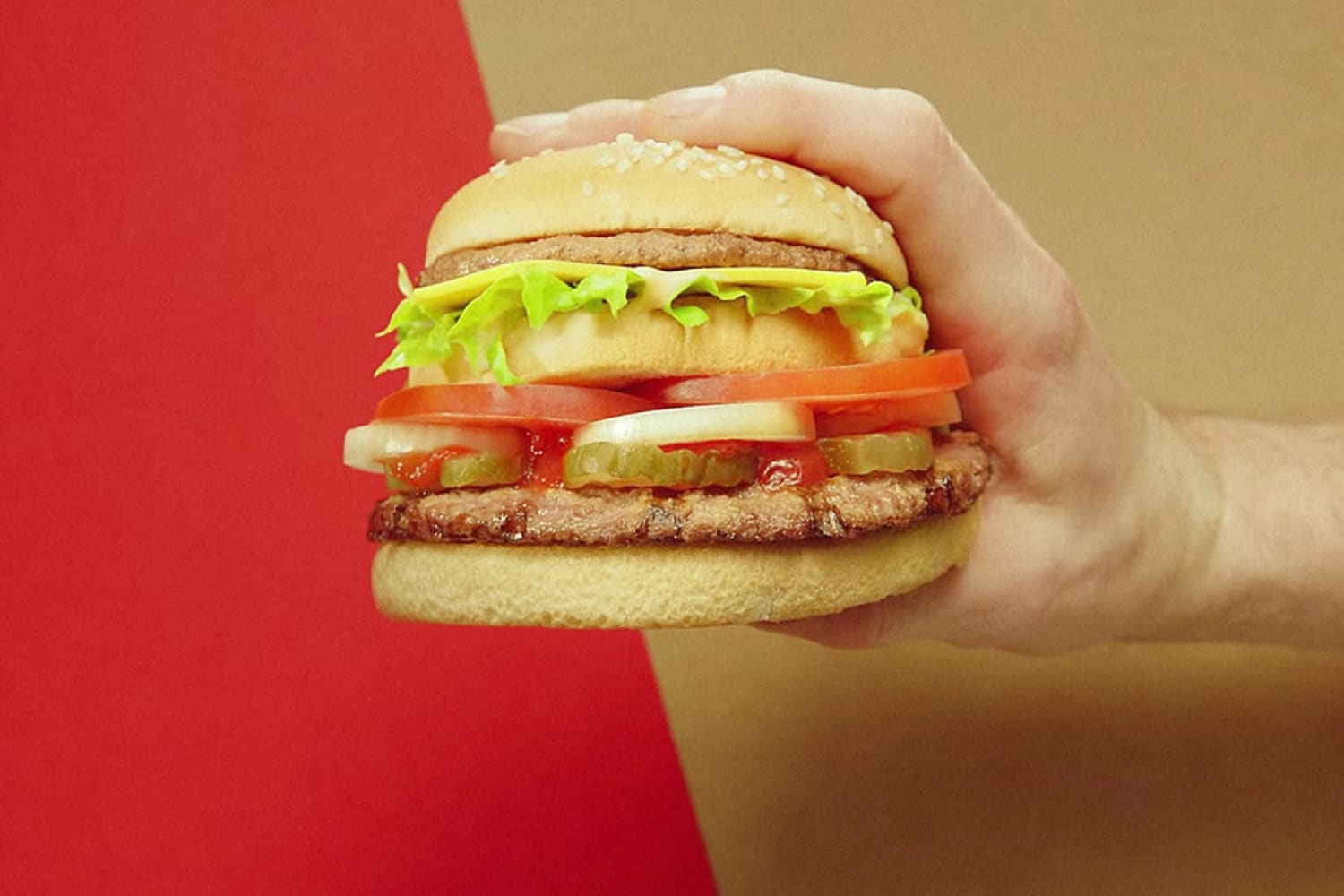
“We felt this really lived through the media,” Waters said. “What was really impressive for us was the ability to use media to whip up momentum, change direction, course correct … it was a really skilled piece of work, using the levers of media to amplify.”
Another genre-defying campaign was “Brewtroleum”, created for the New Zealand beer brand DB Export by Colenso BBDO. While the campaign won the Grand Prix in the Outdoor category, an award traditionally dominated by billboards, Brewtroleum involved far more than roadside visuals. The campaign raised the issue of food waste, with the brand creating a 98-octane fuel using leftover ingredients from the brewing process. The liquid was then distributed at filling stations, positioning DB Export as the beer of choice for “eco-conscious Kiwis.”
The female factor
“In the last two years, the conversation around gender parity has reached a fervor that was not there before,” said Meredith Kopit Levien, chief revenue officer at the New York Times Company, speaking at The Girls Lounge, a female-focused relaxation and inspiration space that pops up at thought leadership events worldwide. During Cannes Lions, the lounge occupied a large suite in the Martinez Hotel. “The conversation is happening in more places, by many more people,” she noted.
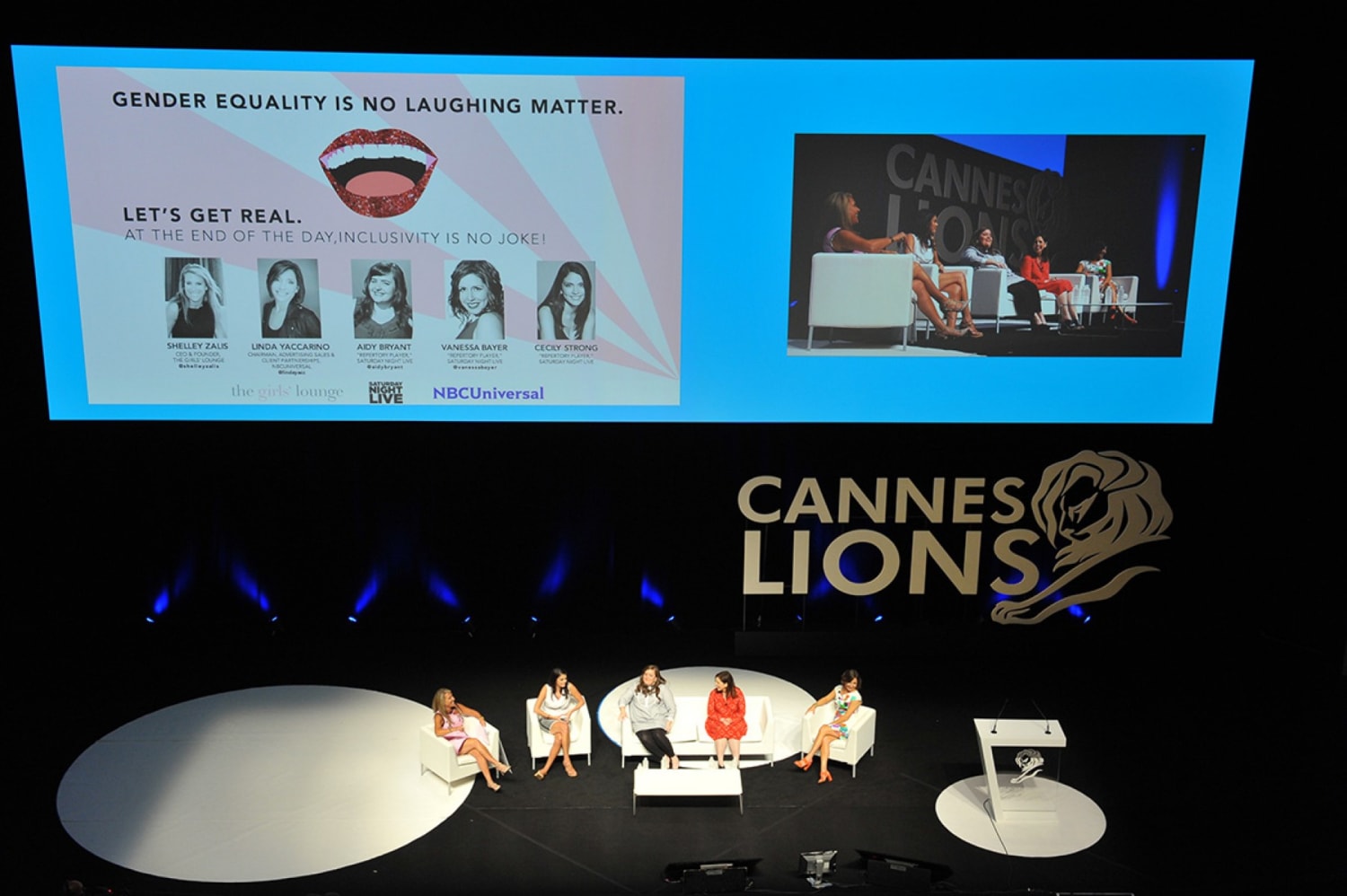
“However, there’s still insufficient action happening,” Levien continued. “What I’ll say is that in the sum total of my experiences being part of the conversation, the only things I can point to where I can see that real progress is being made is where individual leaders take action.”
It was a sentiment evoked throughout the conference as speaker after speaker called on the industry to go beyond rhetoric and implement lasting change leading to gender equality.
Madonna Badger, founder of the agency Badger & Winters, discussed #WomenNotObjects, her campaign to eliminate objectification of women in advertising. Badger worked with The Girls’ Lounge and ABX Advertising Benchmark Index to understand how ads that objectify women actually affect key campaign objectives. “It had a negative effect on every KPI across every consumer group,” she said. “It is disastrous to your brand reputation and extremely damaging to purchase intent.”
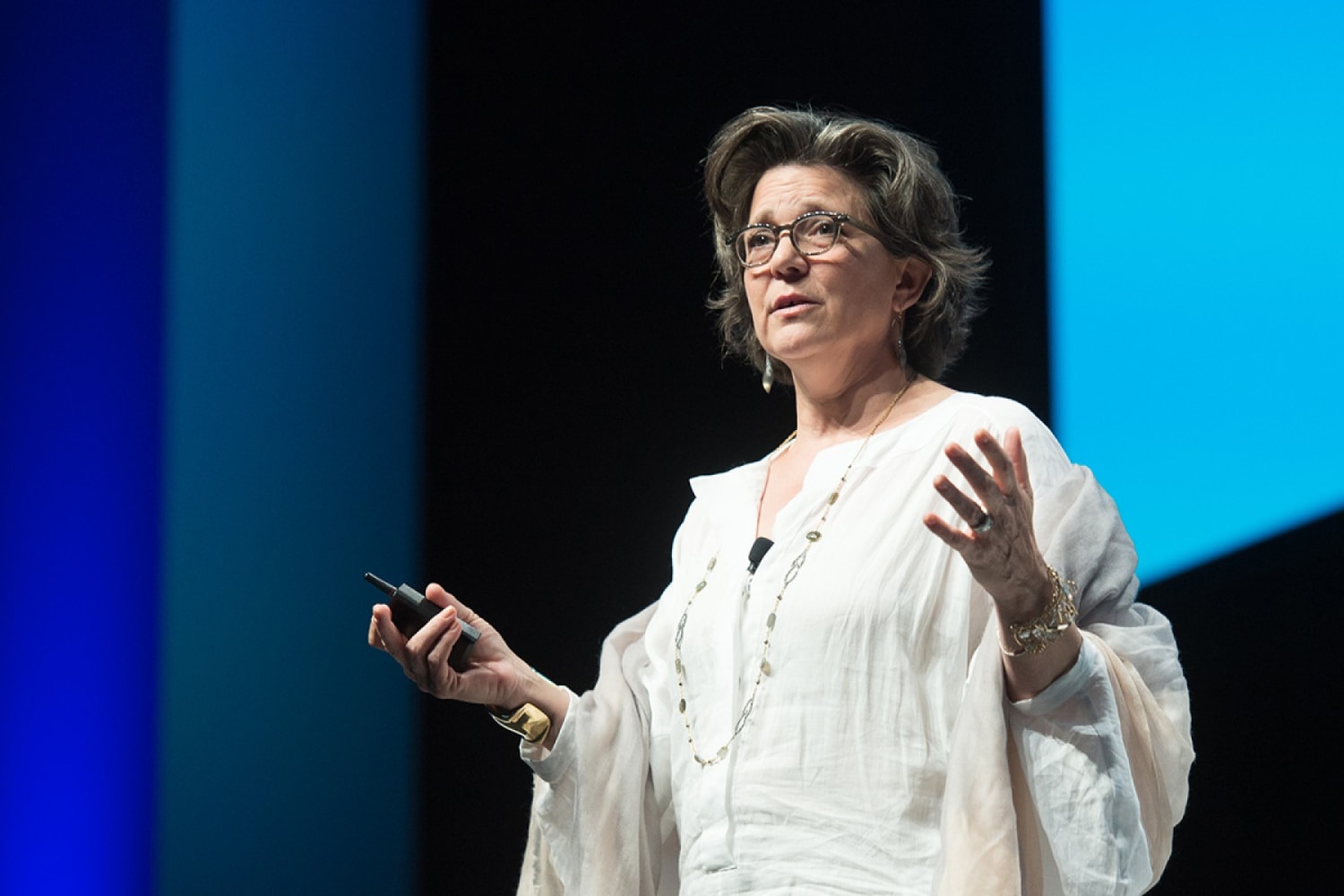
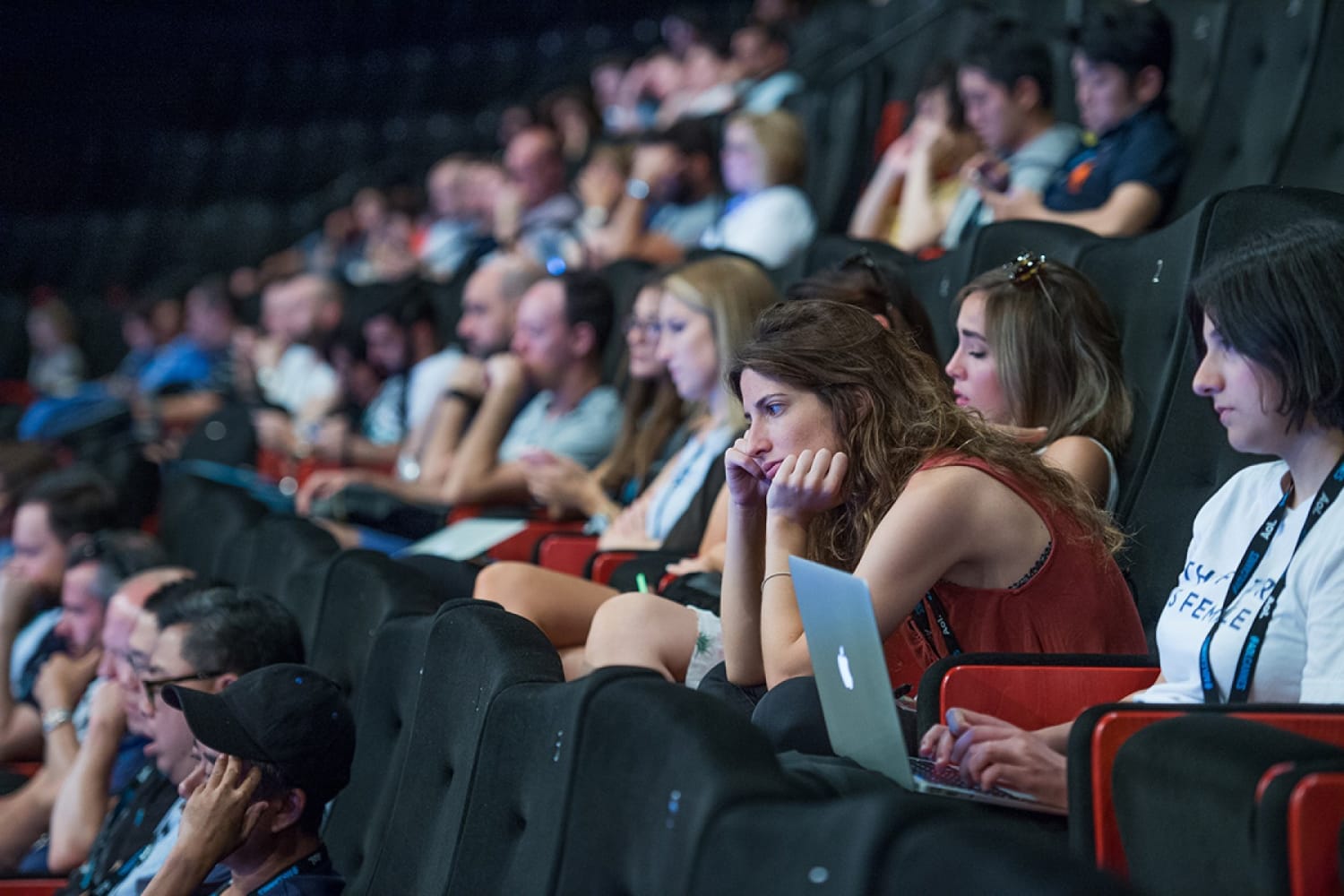
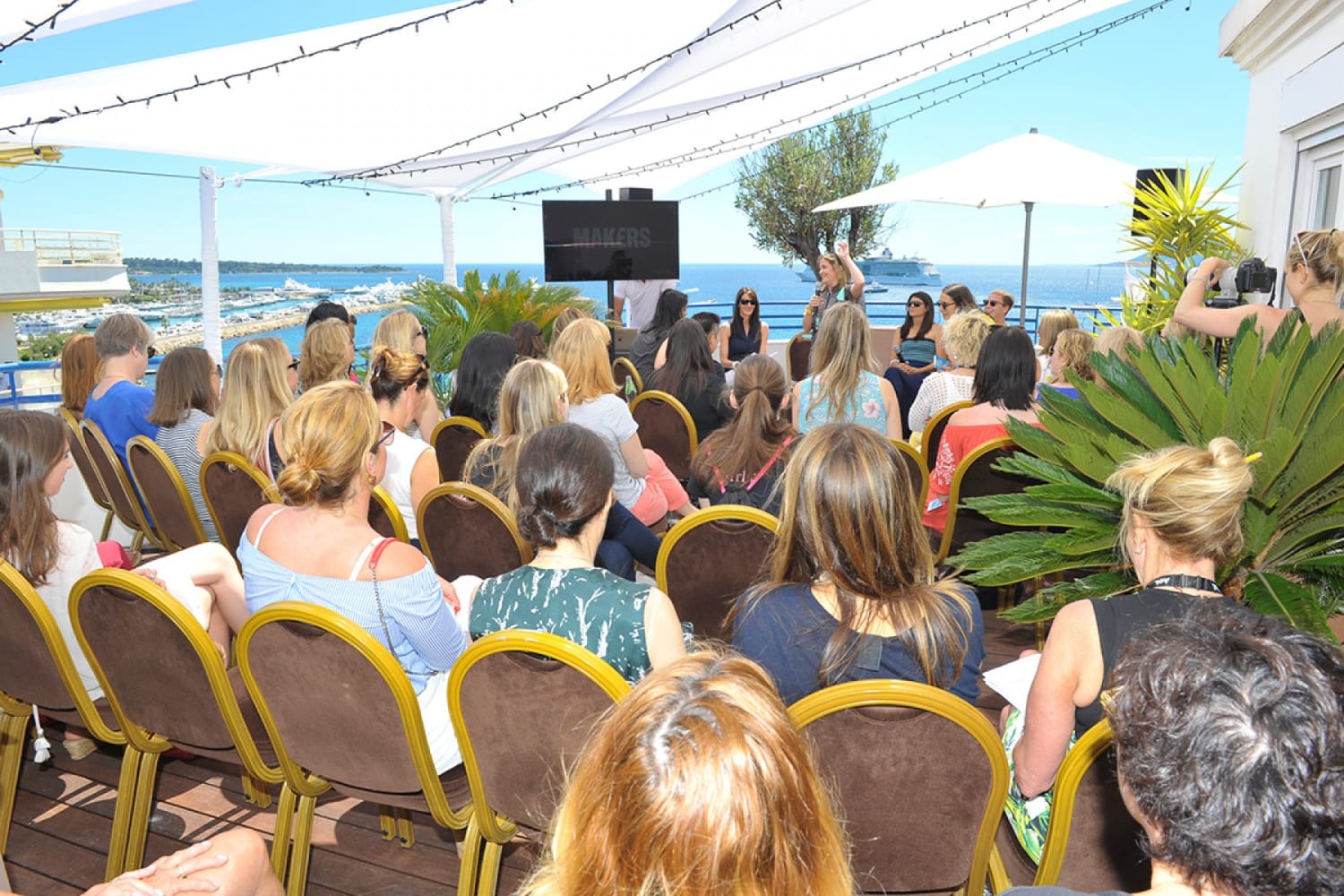
Cindy Gallop, on the other hand, focused on the upside of using sex more realistically at a panel called “Foresight Meets Foreplay”. “Our industry has not even begun to see the power of what we can do with sex through the female creative lens,” said Gallop, the founder of MakeLoveNotPorn.tv, a platform representing sex as it happens in everyday life. Brands were “spectacularly failing to acknowledge” that people have sex in beds, in cars, and even on kitchen counters, she said.
“Our experience of sex applies to many not obviously sexual products and brands,” Gallop continued. “We help out consumers when we acknowledge and de-embarrass an area of normal activity.” (For more, see our Future 100 report, which talks about the Un-tabooing of Womanhood now underway in 2016).
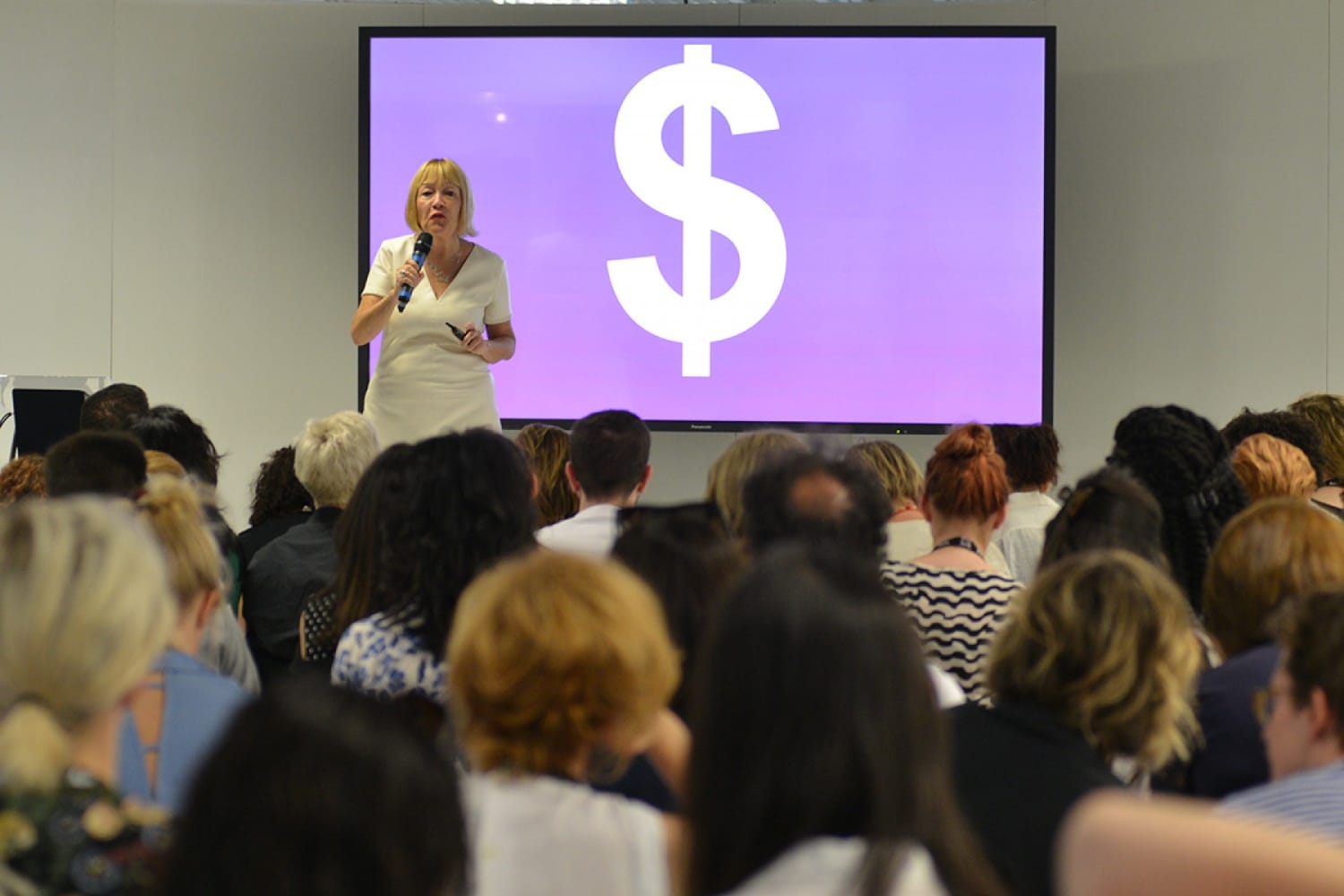
Meanwhile, the Glass Lions, a category created to “recognize work that implicitly or explicitly addresses issues of gender inequality or prejudice,” went to a campaign by Mindshare Mumbai featuring transgender people.
The project for Brooke Bond Red Label Tea involved creating 6 Pack Band, billed as India’s first-ever transgender pop group. The six-person group was assembled from India’s population of hijra, a group considered to be a third gender in Indian society that has long been a target of discrimination.
“For us this year, gender inequality is not only a women’s issue,” said Madeline Di Nonno, CEO of the Geena Davis Institute for Gender in Media and jury president for the Glass Lion Award category, explaining the decision.

“The brand is 113 years old,” Di Nonno continued, “and for a brand that’s that established and a household product to take on the issue of transgender people from the perspective of how do you embrace it, how do you combat gender norms … their approach was incredibly inventive.”
Many of the award-winning campaigns throughout the festival addressed the issue of gender equality around the world. JWT Colombia’s “The Last Mask,” a campaign for the Natalia Ponce de León Foundation that rallied the country around preventing acid attacks against women, earned a Gold Lion in the PR category.
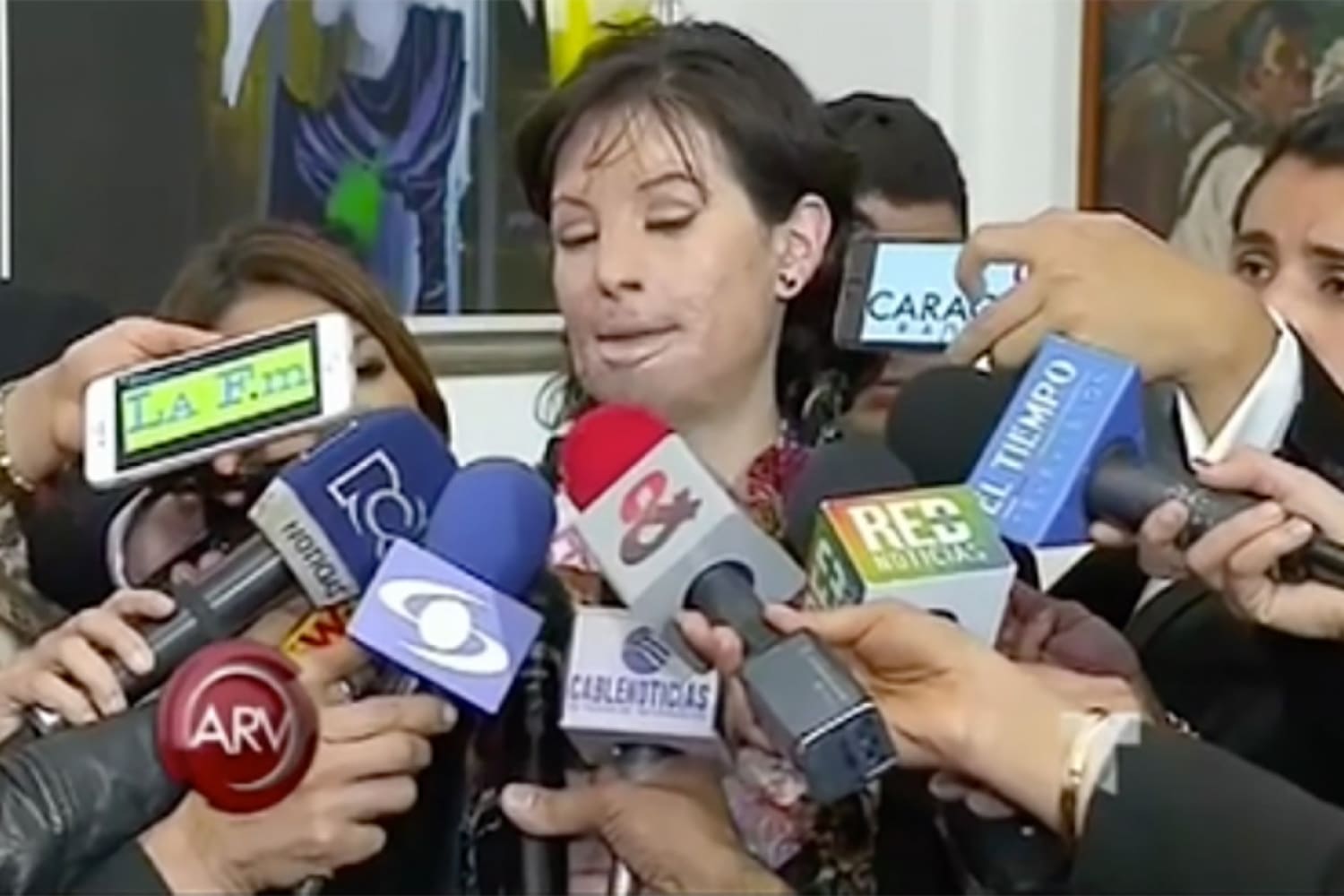
AI campaigns
Artificial intelligence has caught the public’s imagination in 2016 as technological reality begins to catch up with sci-fi fantasy. This was equally true at Cannes, as judges rewarded projects that made creative use of machine learning and artificial intelligence.
“What an honor to be presiding over a category that we think is a game-changer,” said Tash Whitmey, Creative Data Lions jury president and Group CEO at Havas helia. The Grand Prix in the category went to The Next Rembrandt, a campaign by JWT Amsterdam for the Dutch bank ING. The project used “deep learning” algorithms to analyze more than 168,000 painting fragments by the 17th century master to create a new work that replicated the depth and creative spirit of Rembrandt’s own works to a surprising degree.
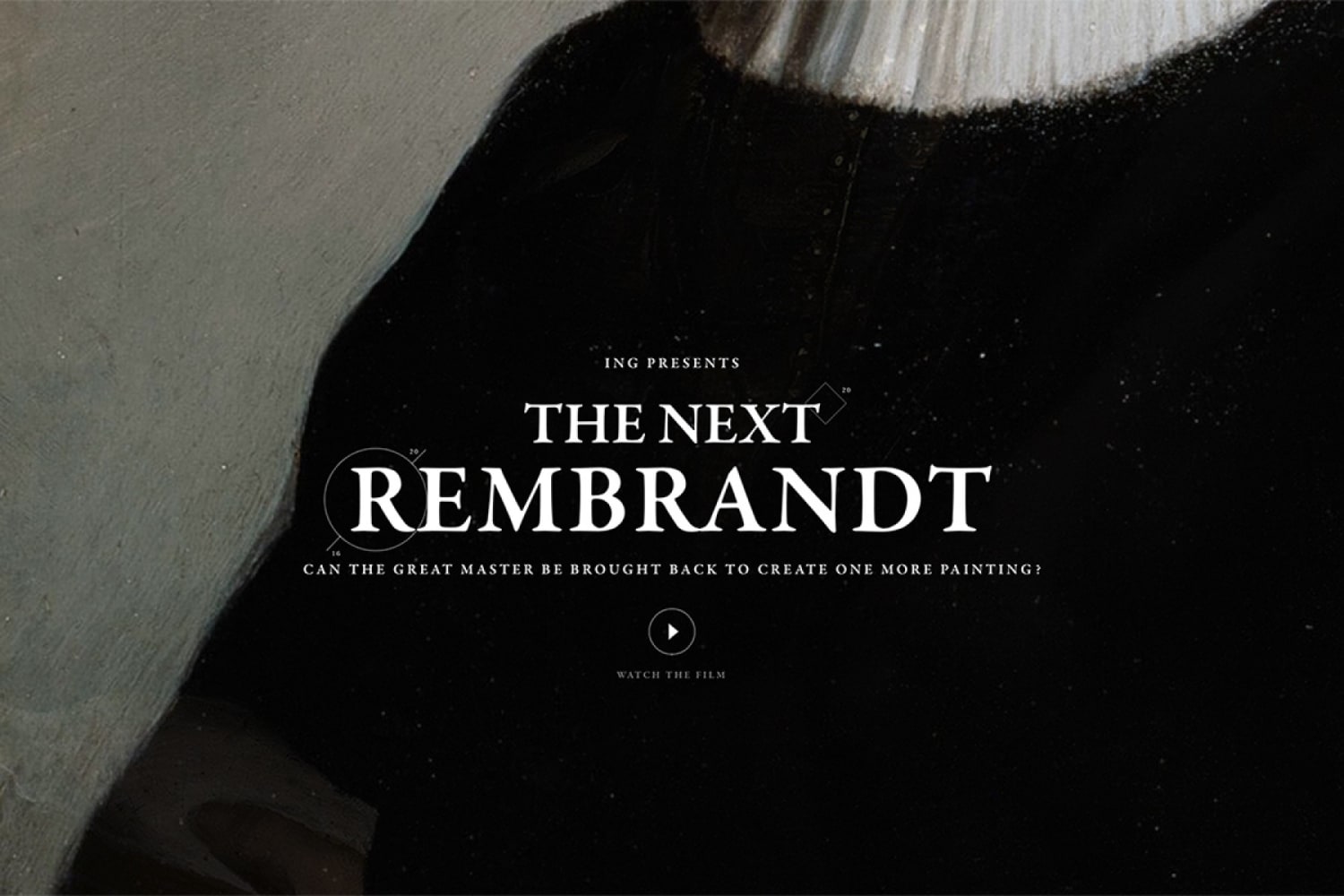
“It begs the question that’s on a lot of our minds about how far can data and machines replace humans and creativity,” Whitmey said of the campaign, “but this is such a tremendous example of, it doesn’t have to be either-or, it needs to be together.” The campaign also took home one of two Grand Prix awarded in the Cyber Lions category.
Another AI-based entry won the Grand Prix in the Innovation Lions category. Google’s AlphaGo project took a novel approach to the use of deep neural networks, equipping a computer with intelligence capabilities approaching human-like intuition. It was able to beat the world’s best players of Go, an ancient Chinese game often considered to be the world’s most difficult.
“AlphaGo by any measure is incredible, and it encapsulates everything we’re looking for in innovation,” said Innovation Lions jury president Emad Tahtouh, director of applied technology at Finch. “I’m sure we’ll be seeing more and more machine learning projects over the next few years.”
Browser Tracking Protection enabled. Unable to display content.

Tahtouh drew a connection between the two AI-based projects. “Much [like] The Next Rembrandt, which uses a very similar sort of process, this is the future of what we’re going to be seeing,” he said.
More companies at Cannes were touting their abilities in the field of machine vision, another burgeoning field within AI. Blippar, a startup working at the intersection of image recognition, augmented reality, and computer vision technology, occupied one of the largest yachts in the row of branded boats parked along the Jetée Albert Edouard.
Blippar posed a series of questions to an audiences at Lions Innovation: “Have you ever seen a flower and wondered what kind it was?” “Do you ever wish your favorite food could tell you everything about it?” “Could the brands you love tell you their stories?” With image recognition, all of this becomes possible, the company implied.
Omaid Hiwaizi, Blippar’s president of global marketing, envisions a near future in which computer vision gives consumers their own digital in-store beauty consultants, and much more. Even work traditionally performed by human marketers could soon be done by machines, he said: “Deep learning could be applied to ingest all the insights that exist, and then with a requirement going forward to identify the most relevant insight in a more expert and individual way that any one person could do.”
Disappearing act
Award-winning work at Cannes supported the idea that technology is becoming invisible and integrated into our everyday lives, and also the idea that the most effective digital advertising blends into technology rather than drawing attention to it.
Google’s Project Jacquard, launched in collaboration with Levi’s, won a Grand Prix in the product design category. The project makes touch interfaces more wearable than ever by weaving them directly into traditional textiles. This high-tech fabric is made of conductive thread that can respond to touch signals like swipes and taps, and sync up with a smartphone to execute basic functions.
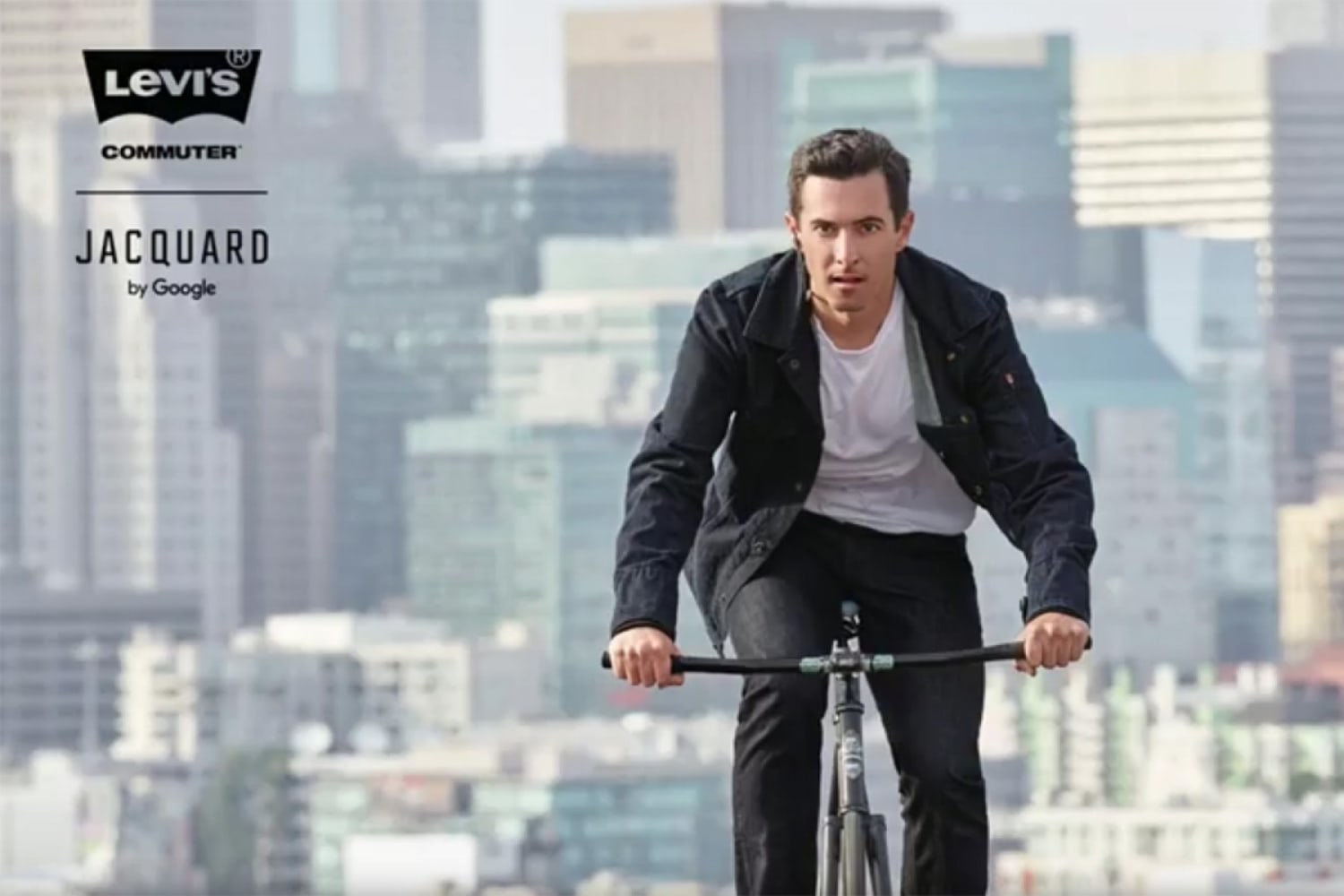
“Technology is seamlessly integrated into our lives, so we don’t talk about analog and digital, we just talk about solutions,” said Amina Horozic, Product Design jury president and lead industrial designer at fuseproject. “This is something that could change every aspect of our lives … as designers, we’re very influenced by tactility and surfaces, everything around us. So that’s our foundation and this provides a really amazing foundation for nearly everything we do.”
The second Cyber Lions Grand Prix went to “Justino”, a campaign to promote the Spanish national lottery created by agency Leo Burnett. The campaign featured a Pixar-style animation about an elderly night watchman at a mannequin factory trying to find an authentic connection in the midst of isolation. It played out across multiple social channels, including an Instagram account attributed to the Justino character.
Browser Tracking Protection enabled. Unable to display content.

“The best cyber work is work where you don’t even see the technology, it becomes invisible … it’s like magic,” said Chloe Gottlieb, Cyber Lions jury president. “This was not a TV spot that was put onto YouTube, this was created for this digital space. Every piece of this story was created and crafted for its channel. … It was all perfect for its appropriate platform.”
Please provide your contact information to continue.
Related Content
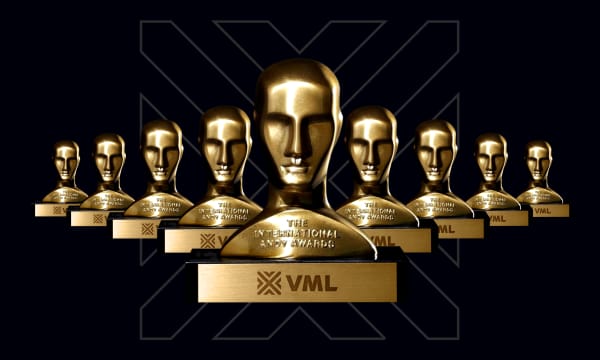
VML Shines at the ANDY Awards

